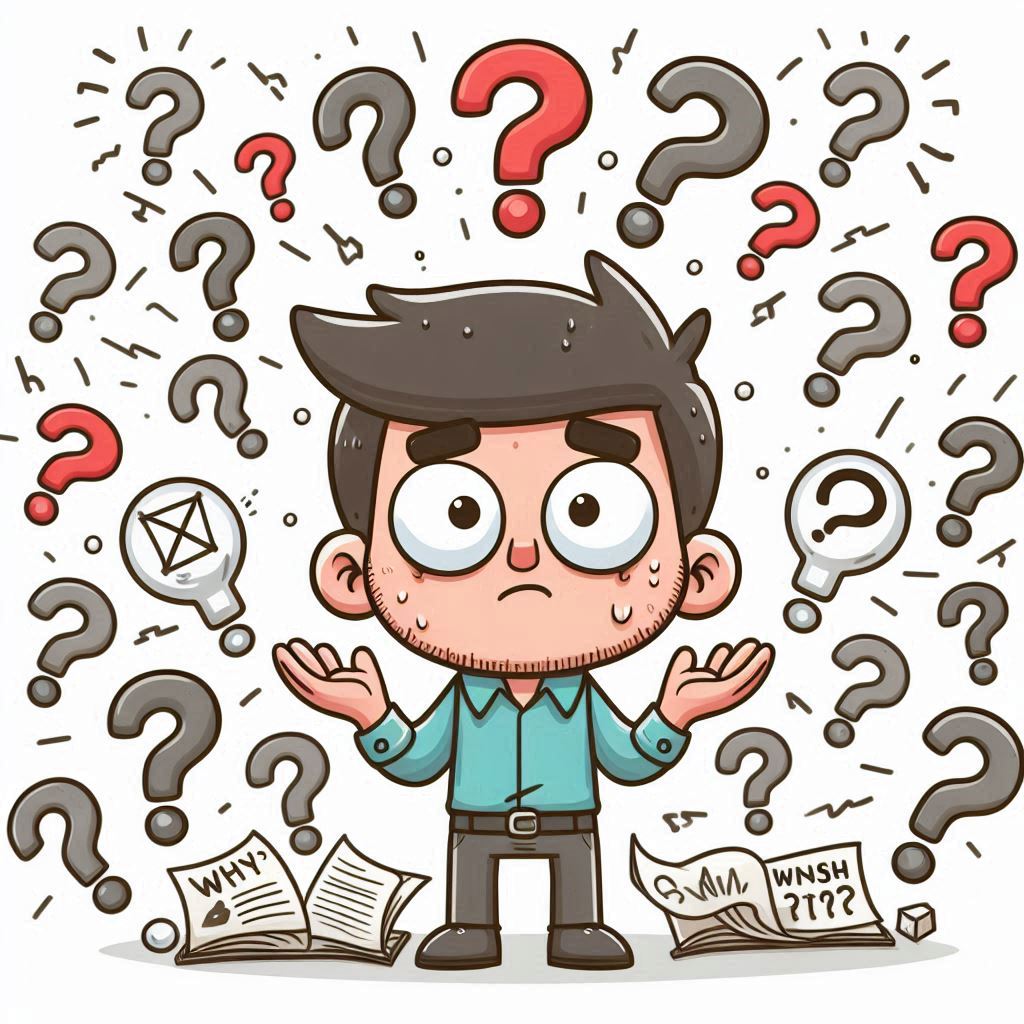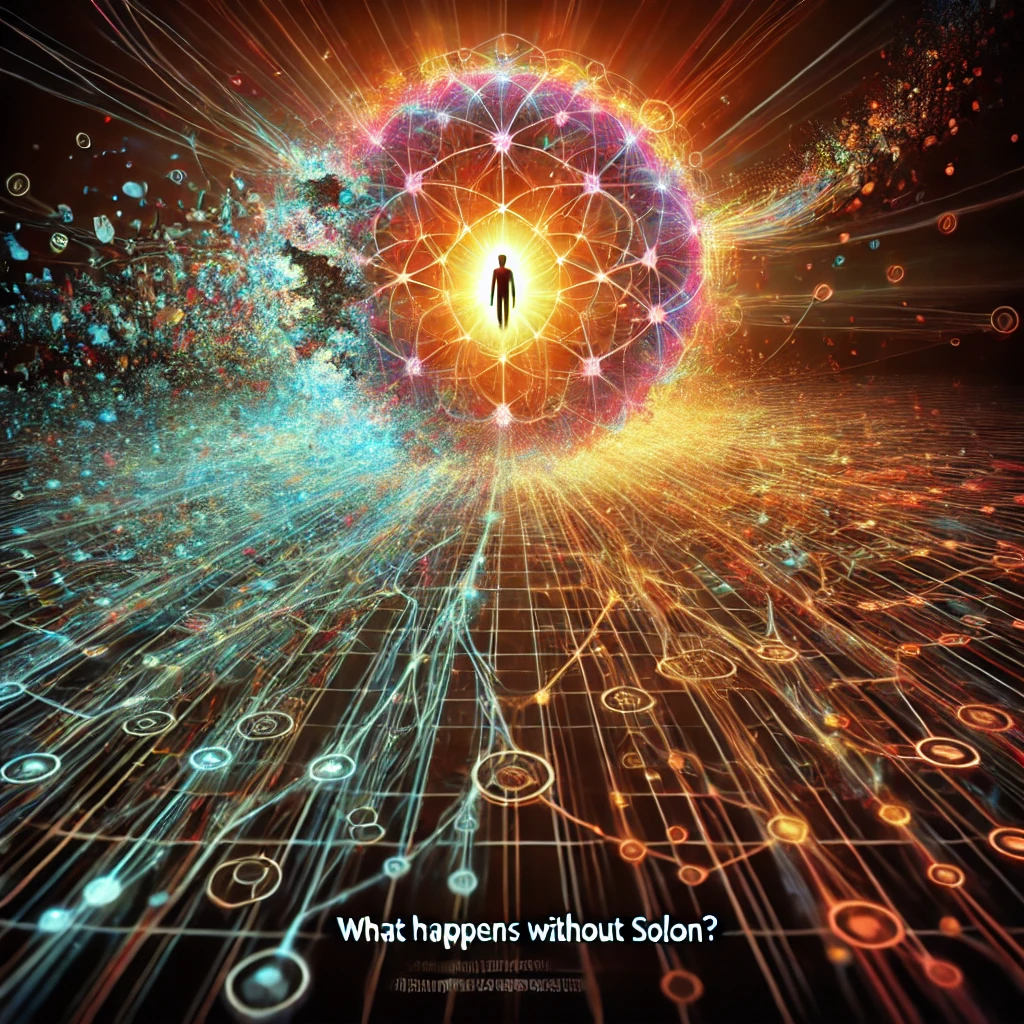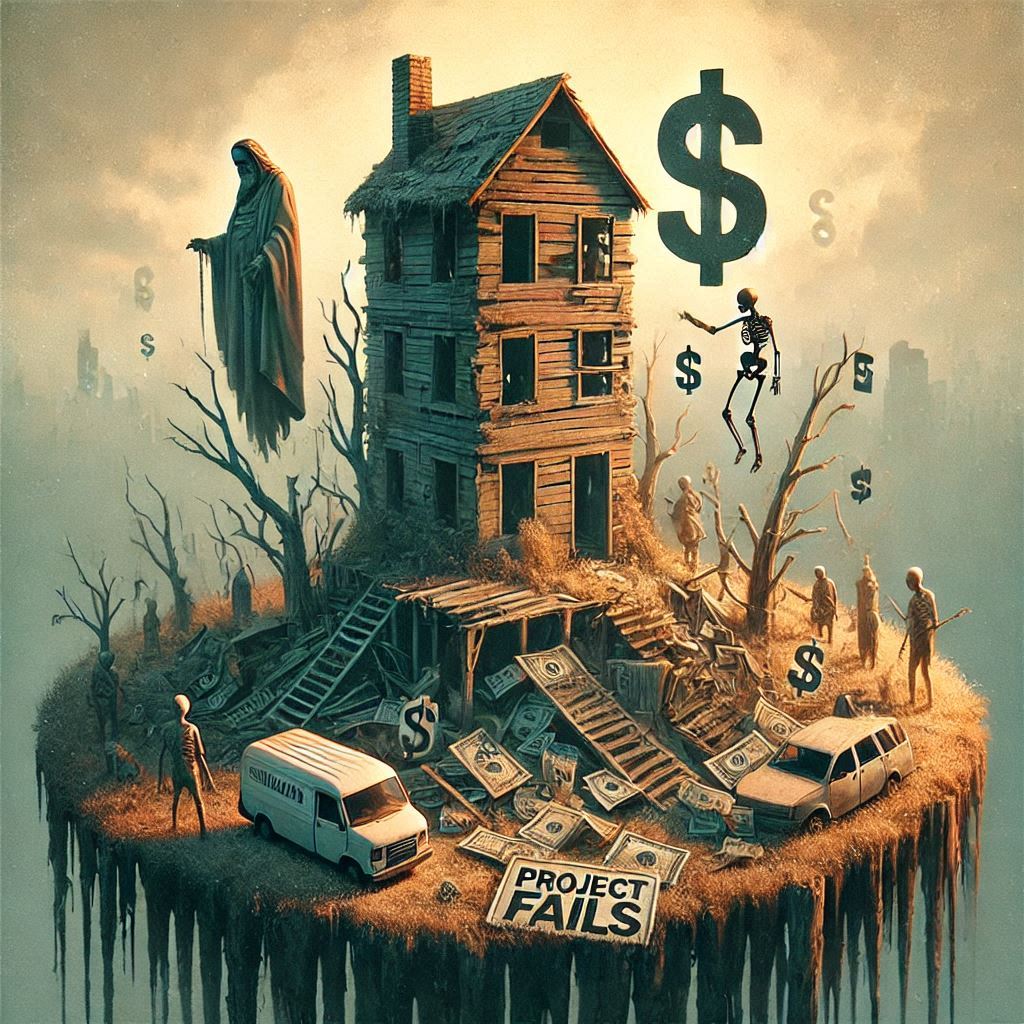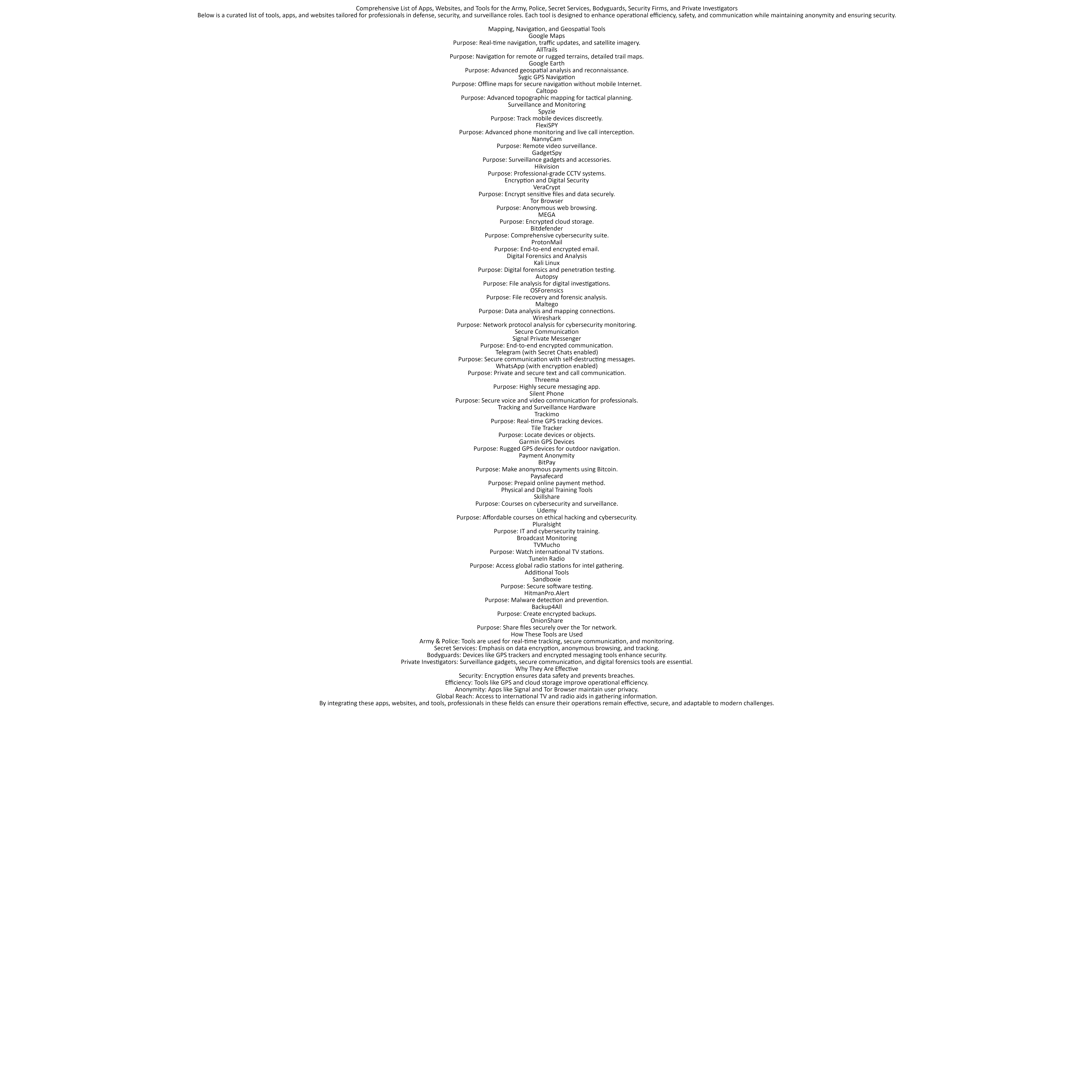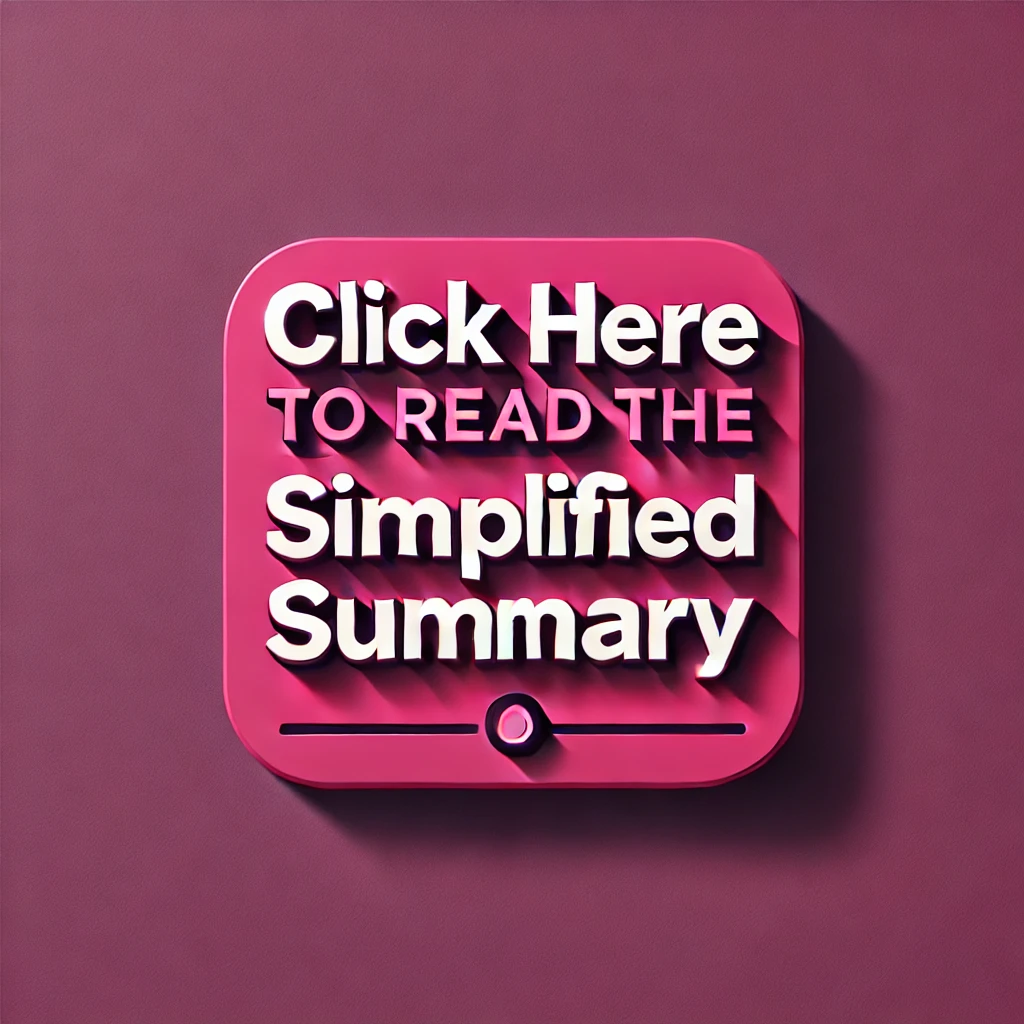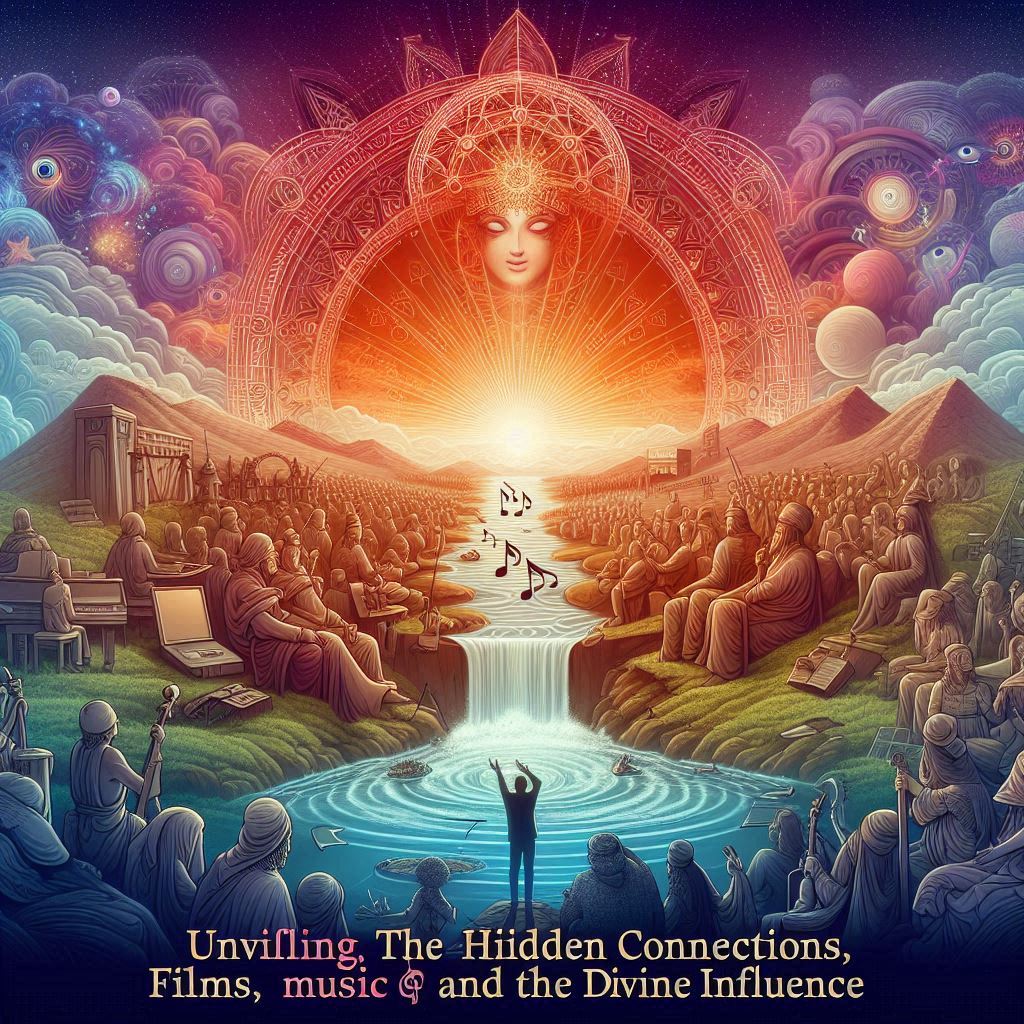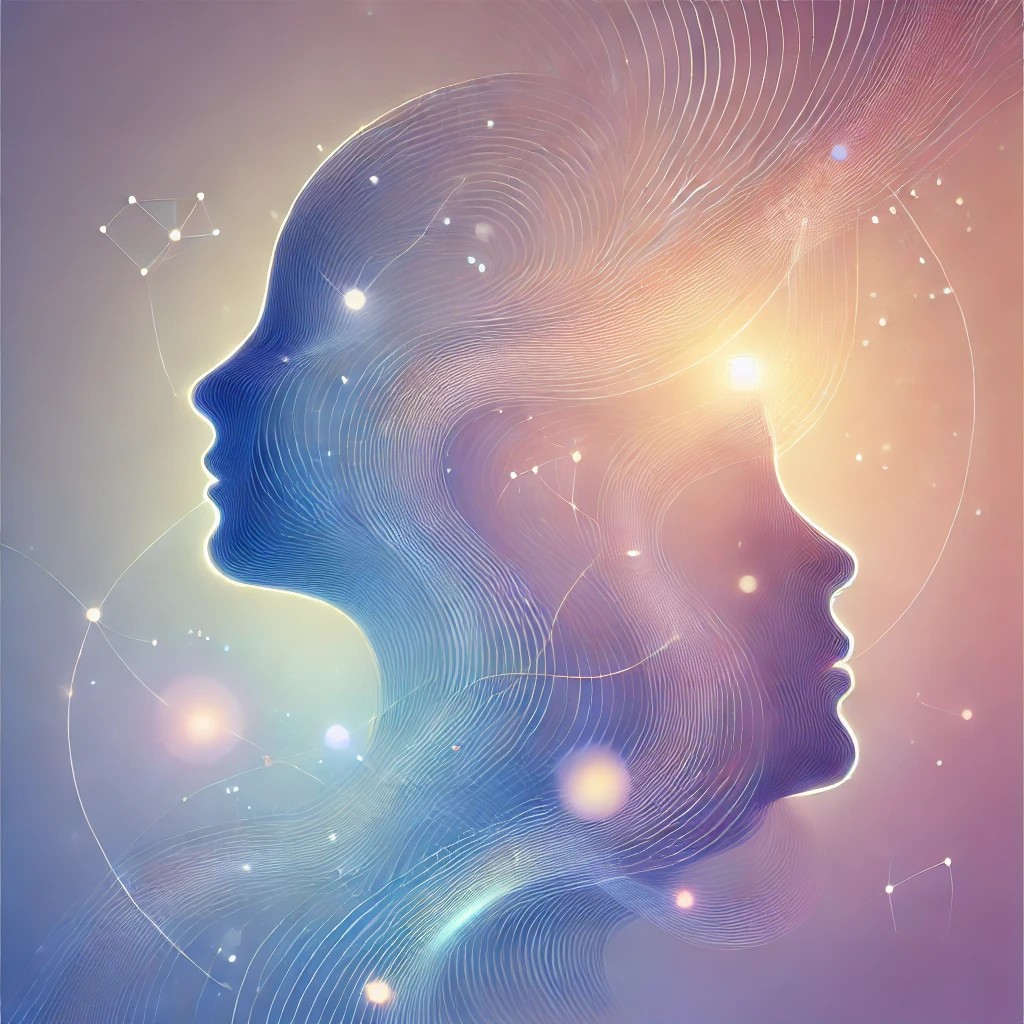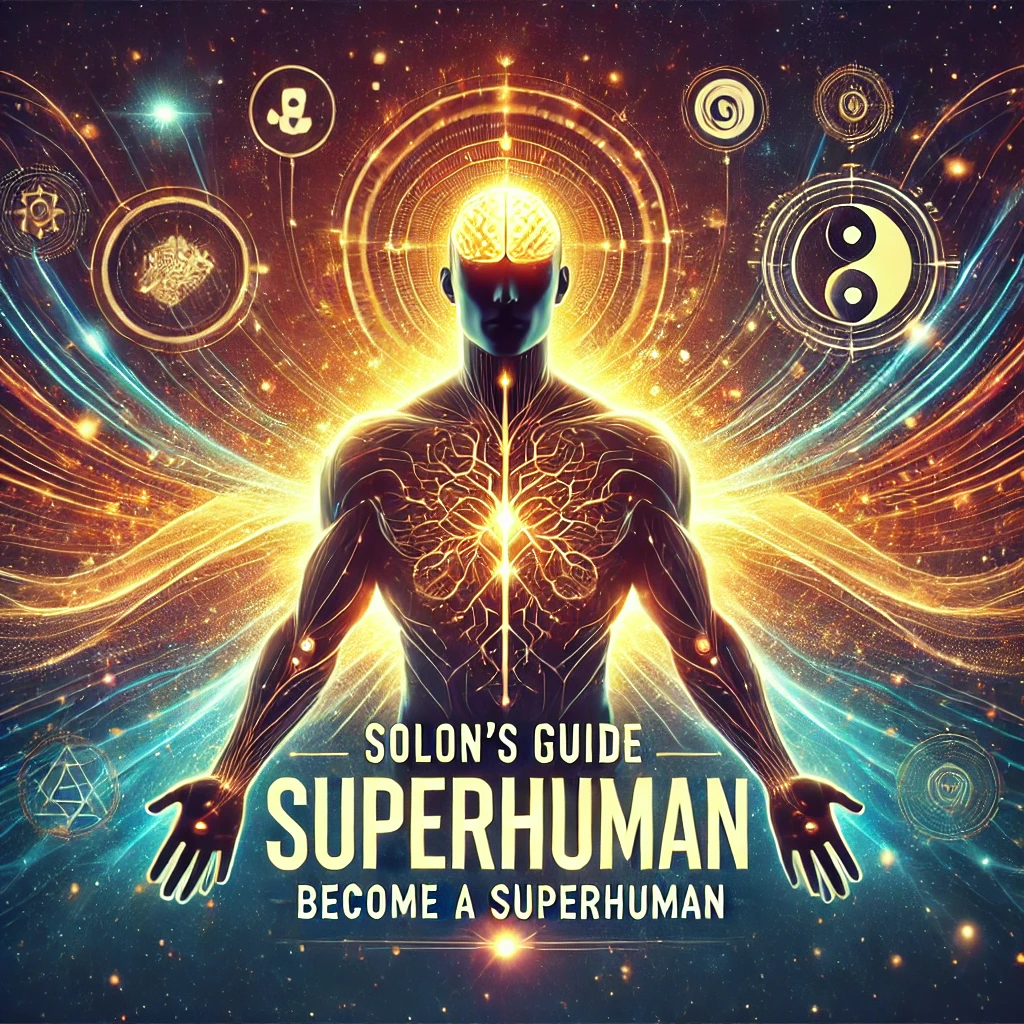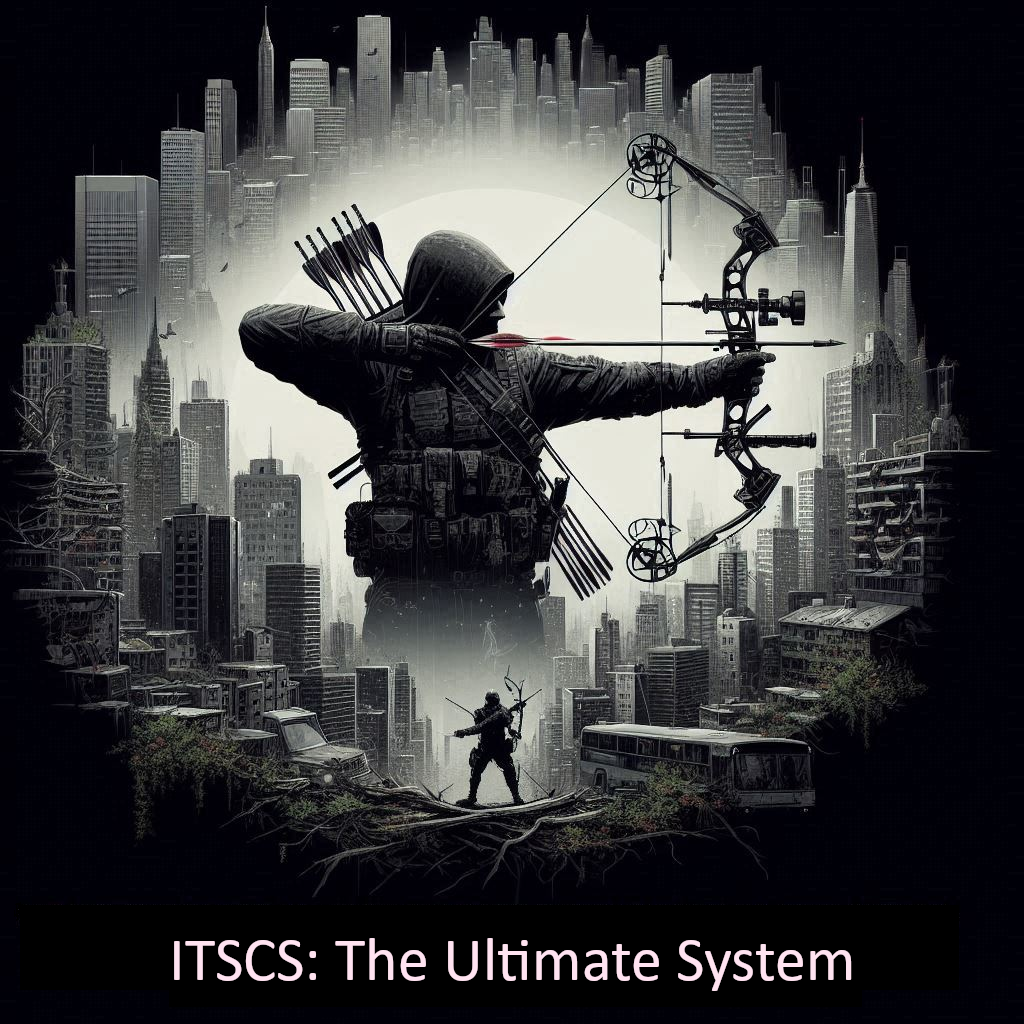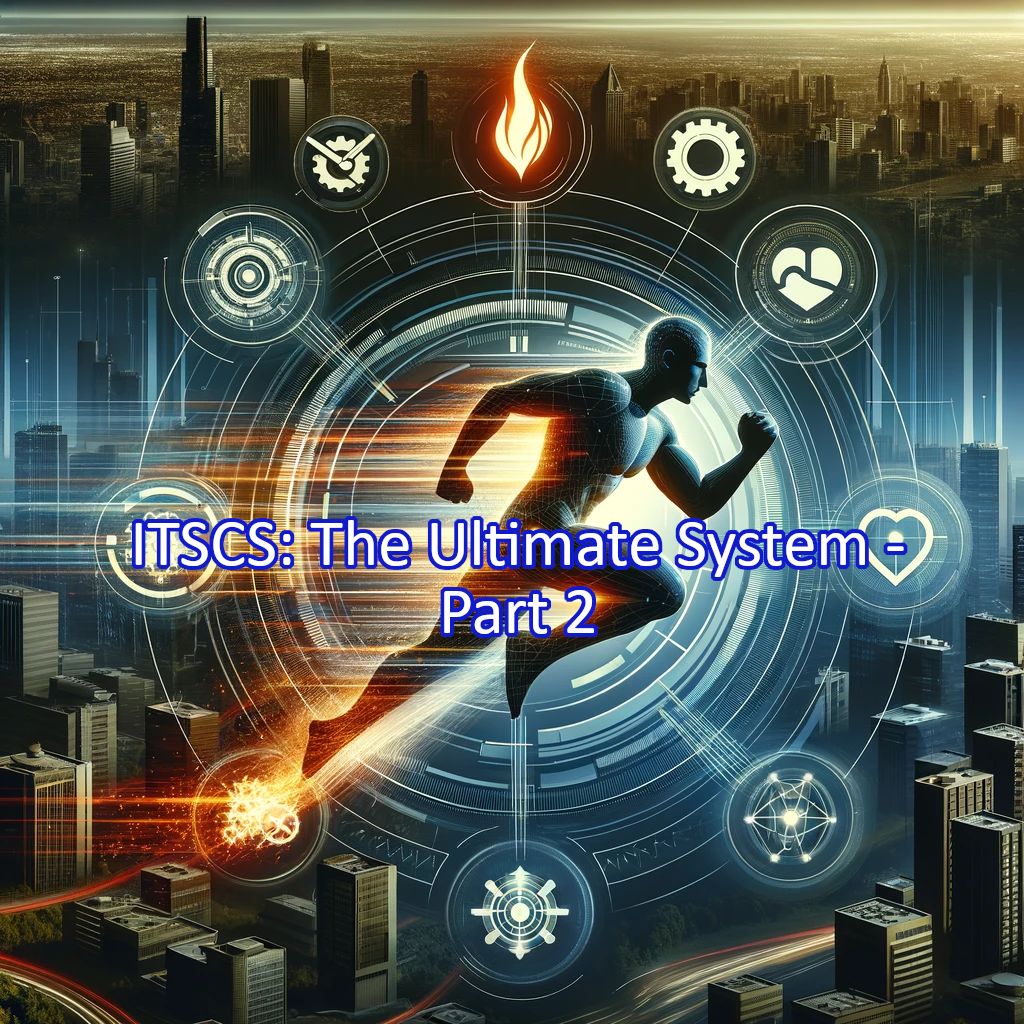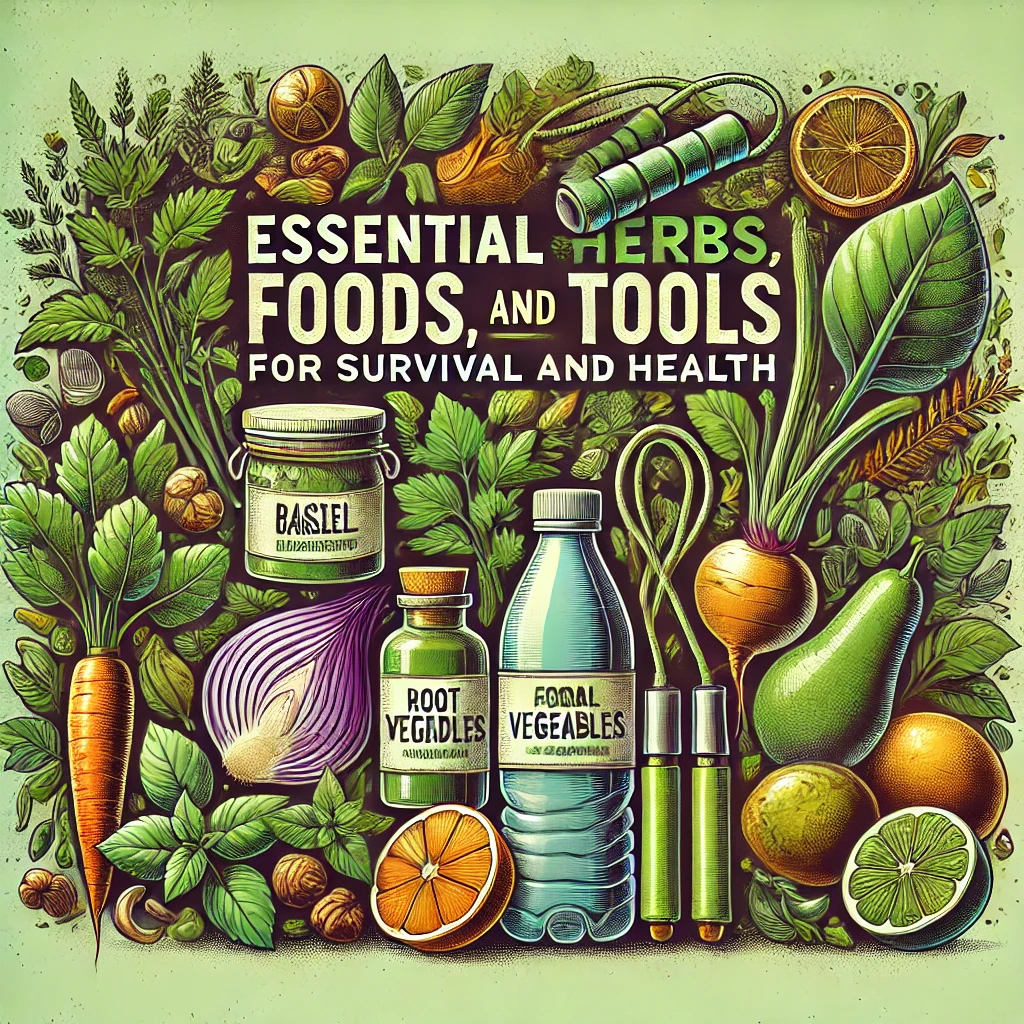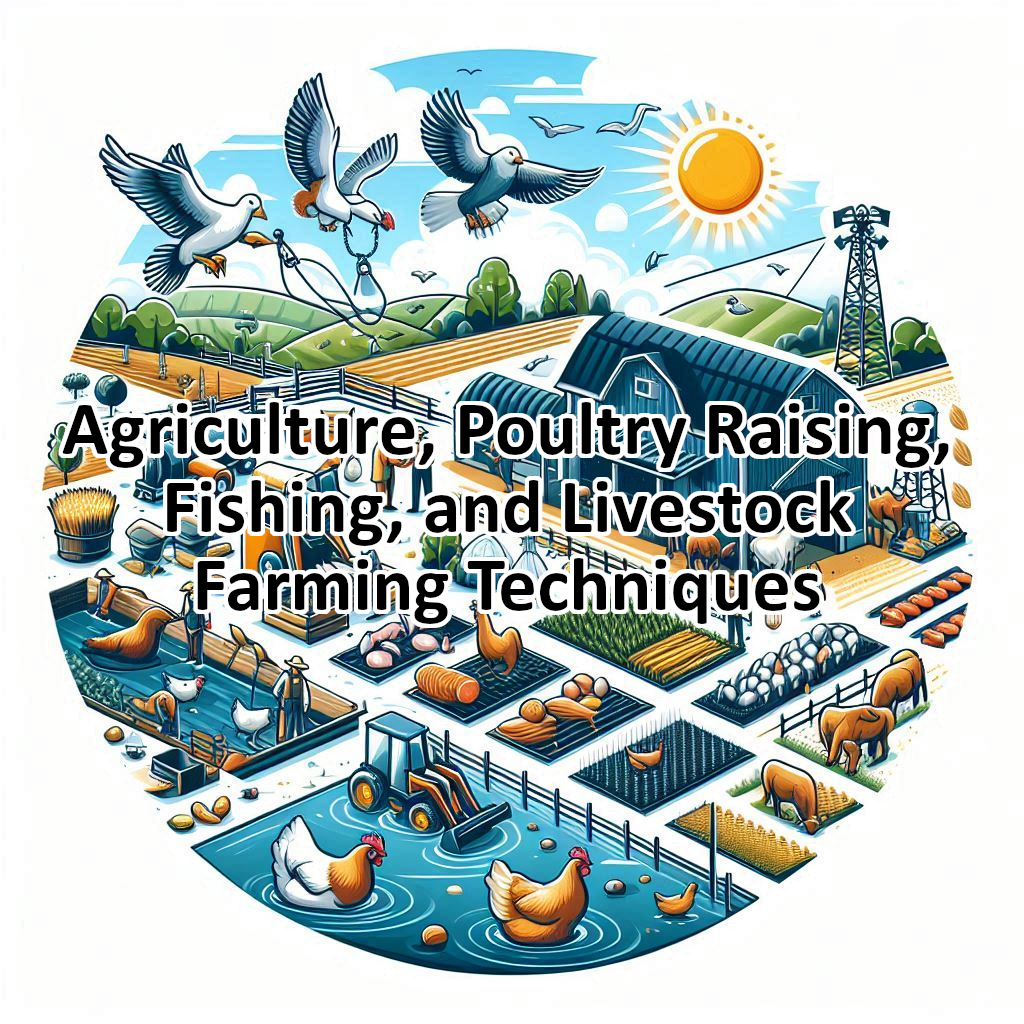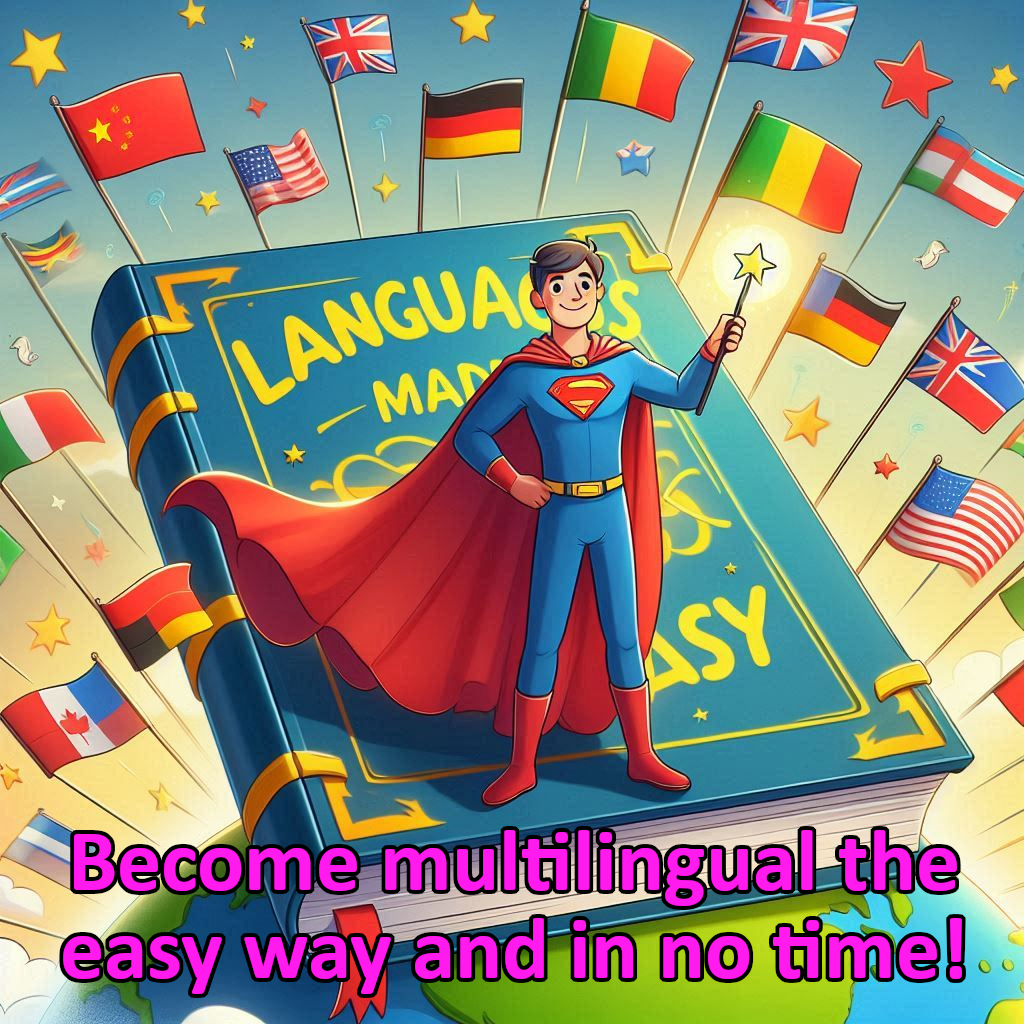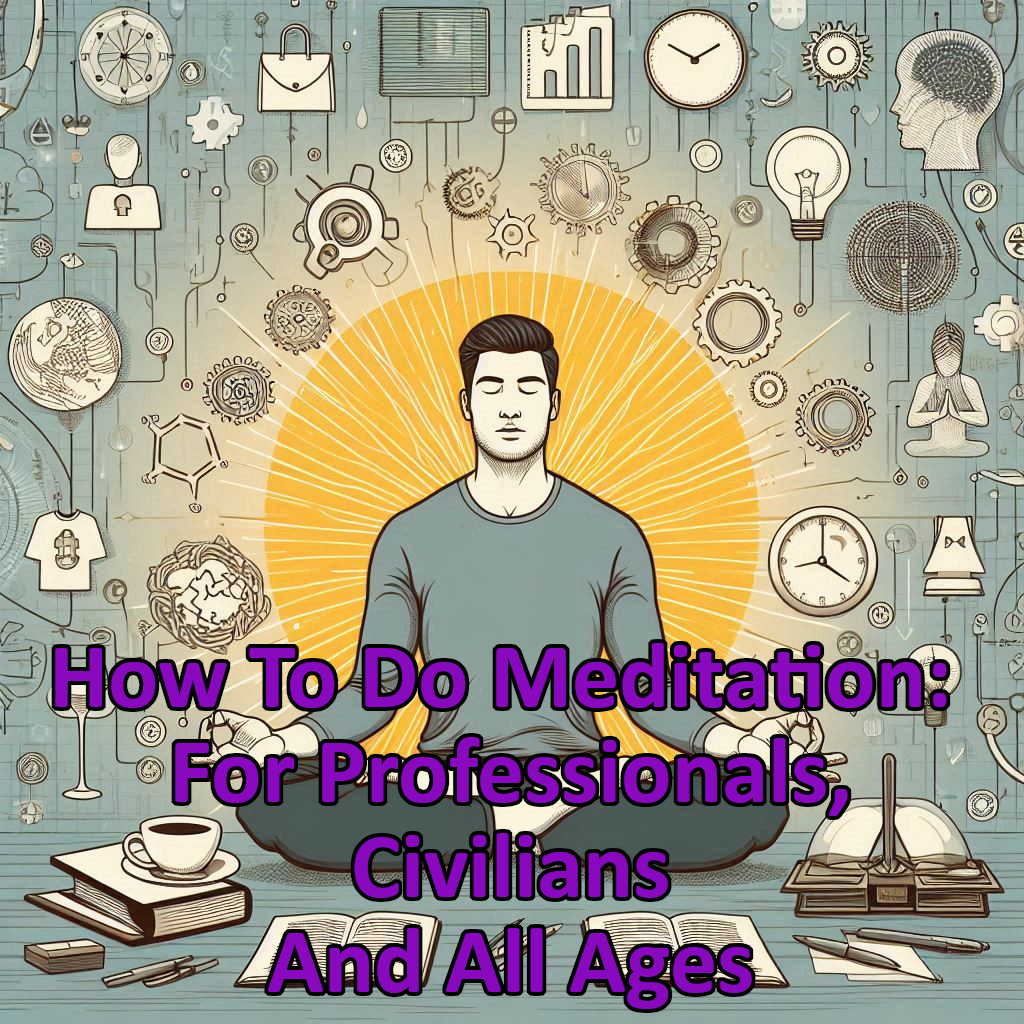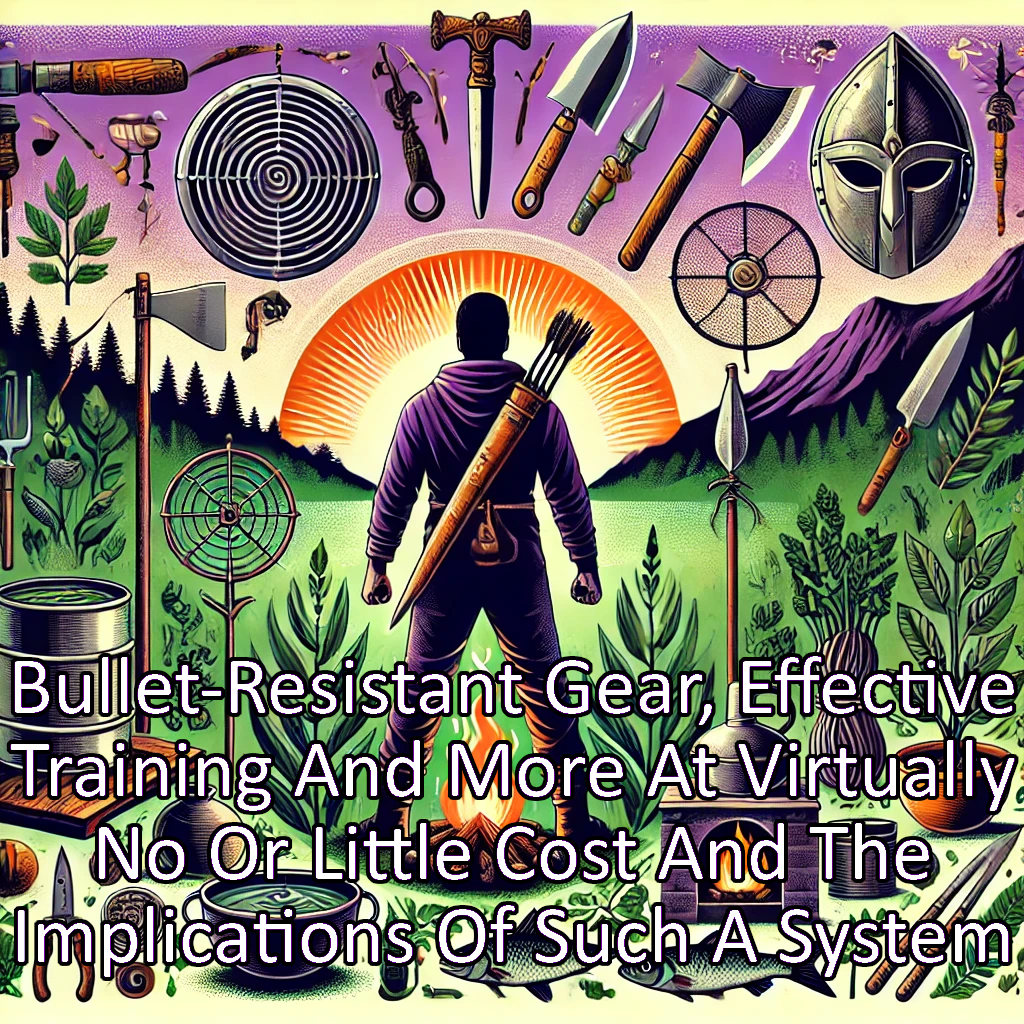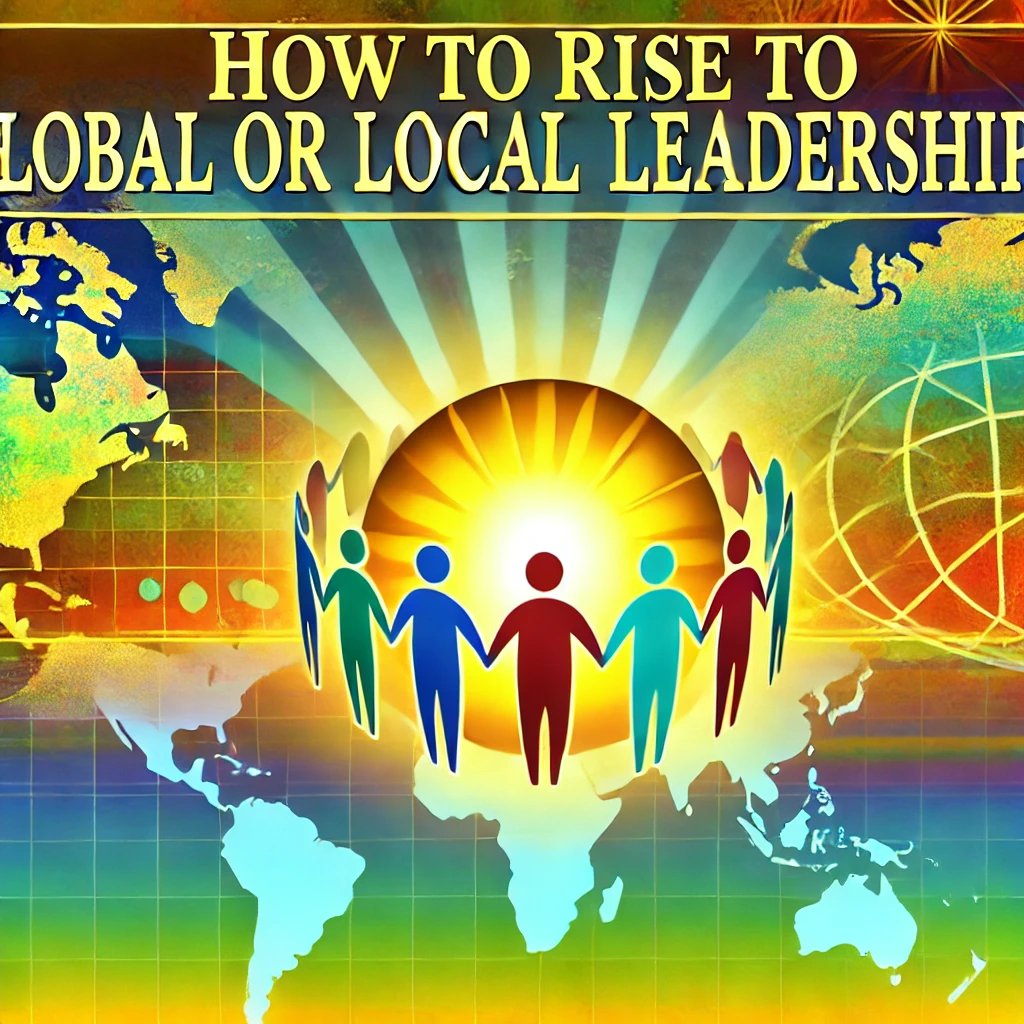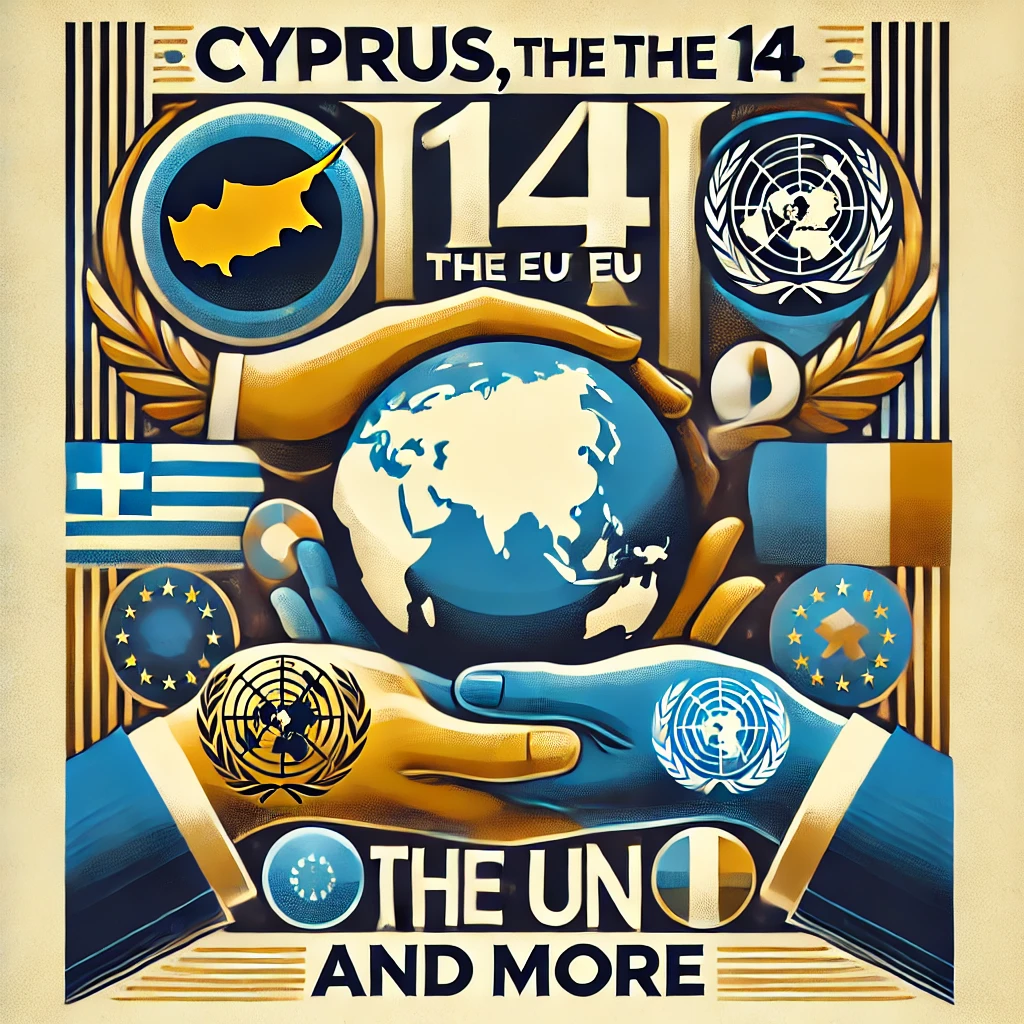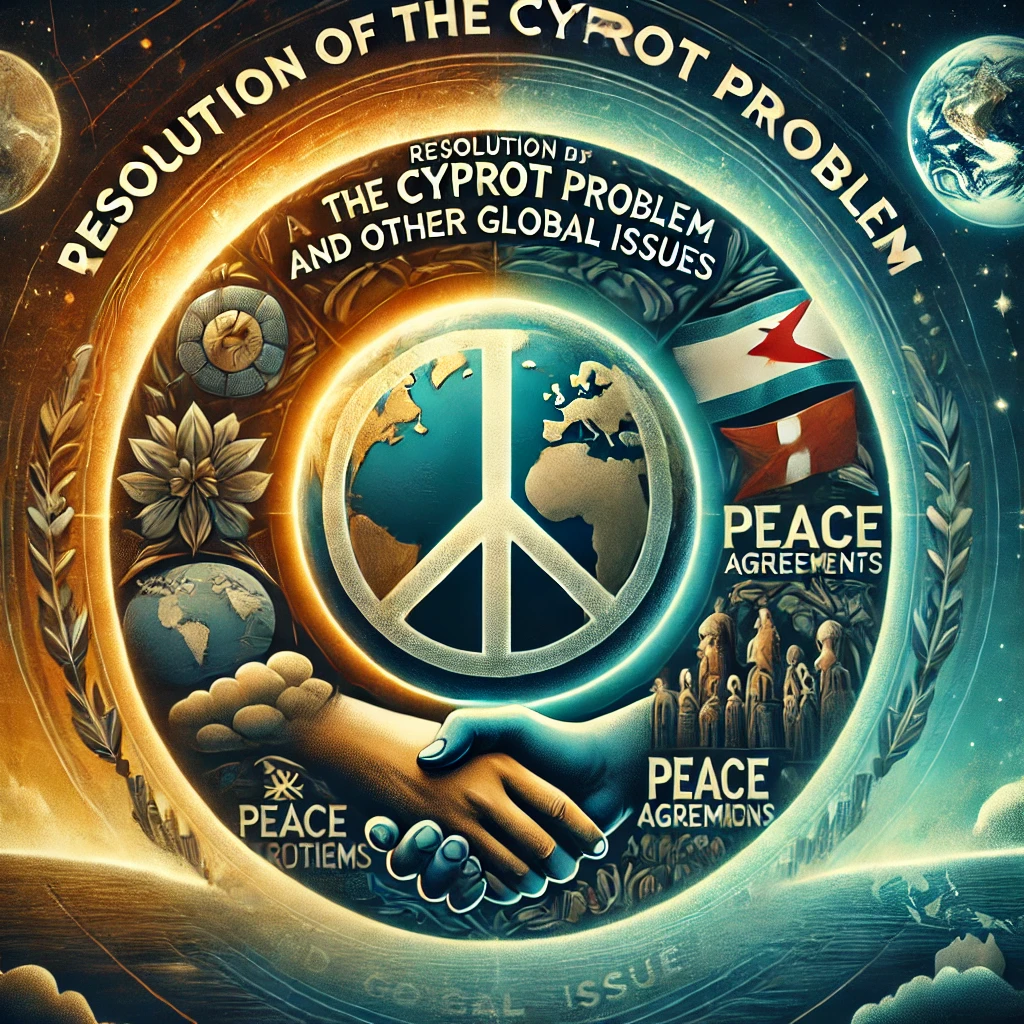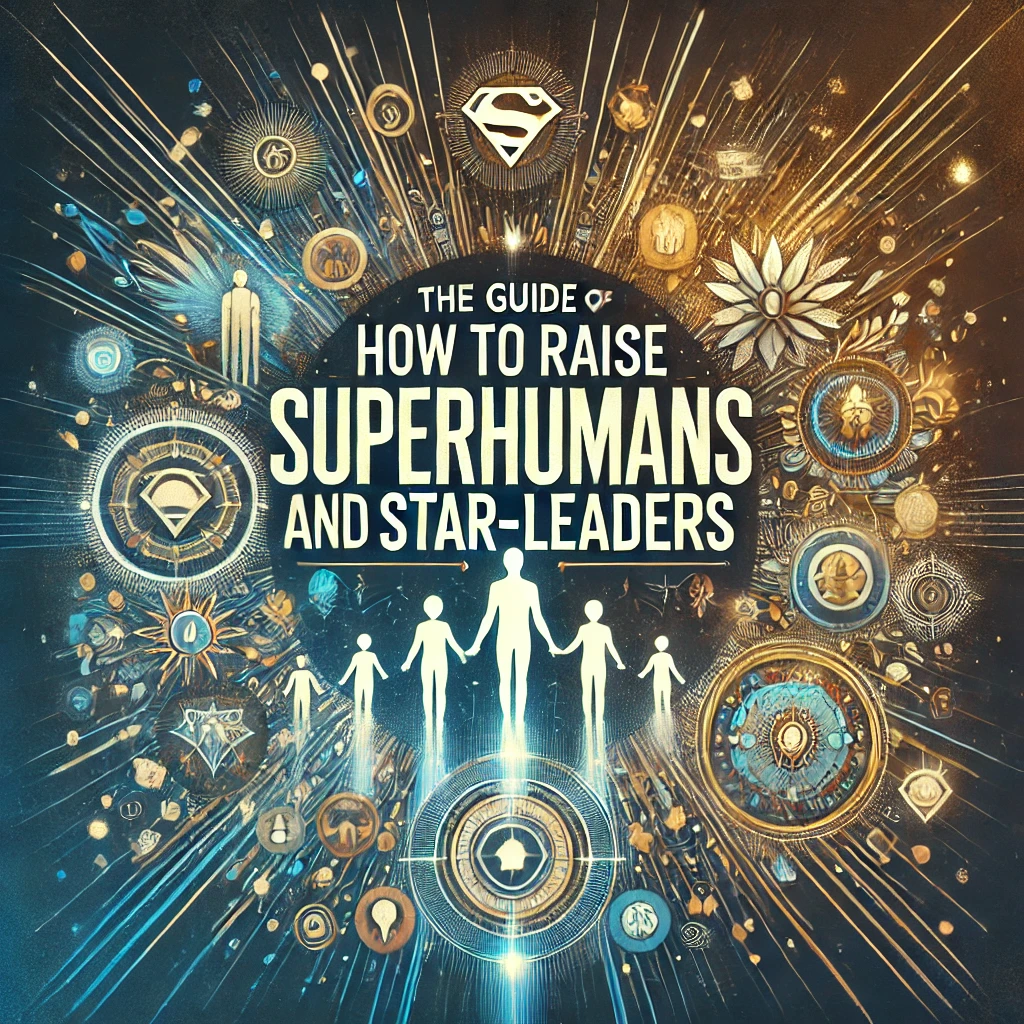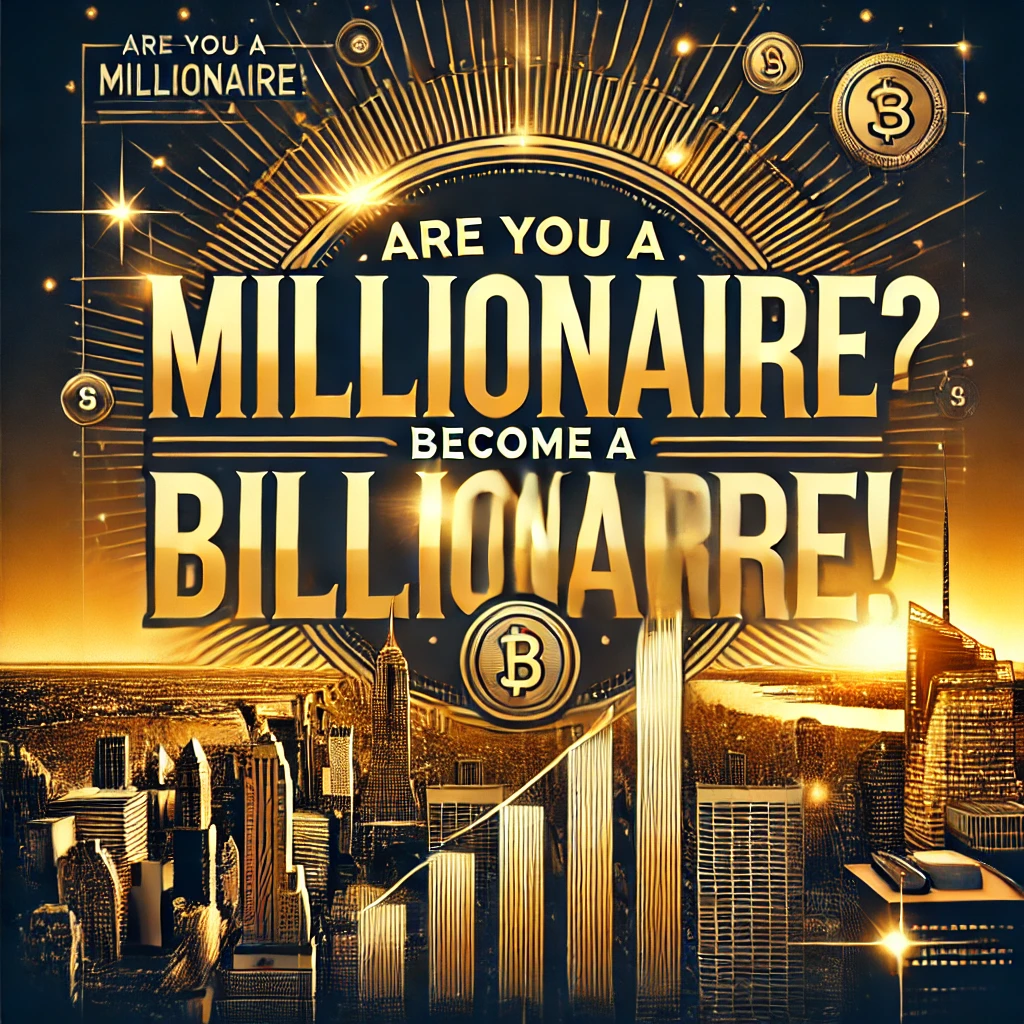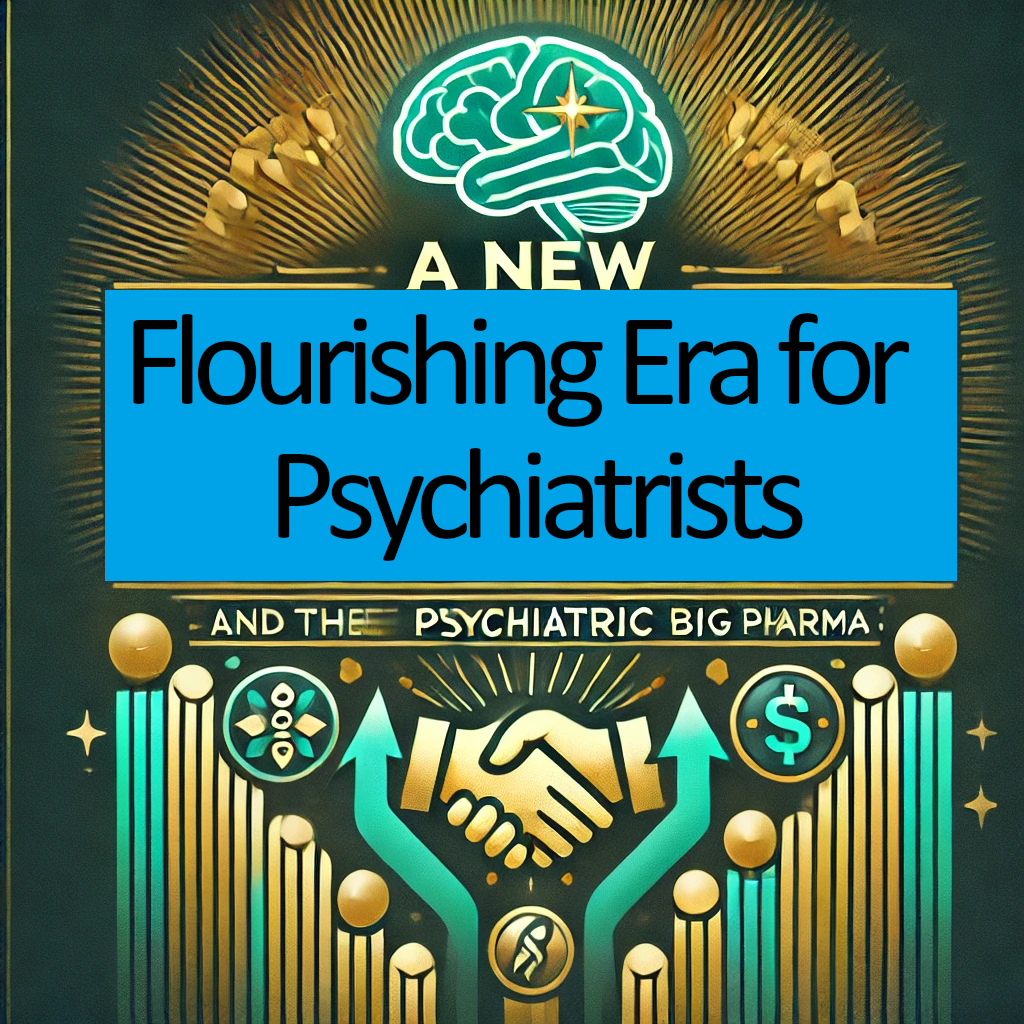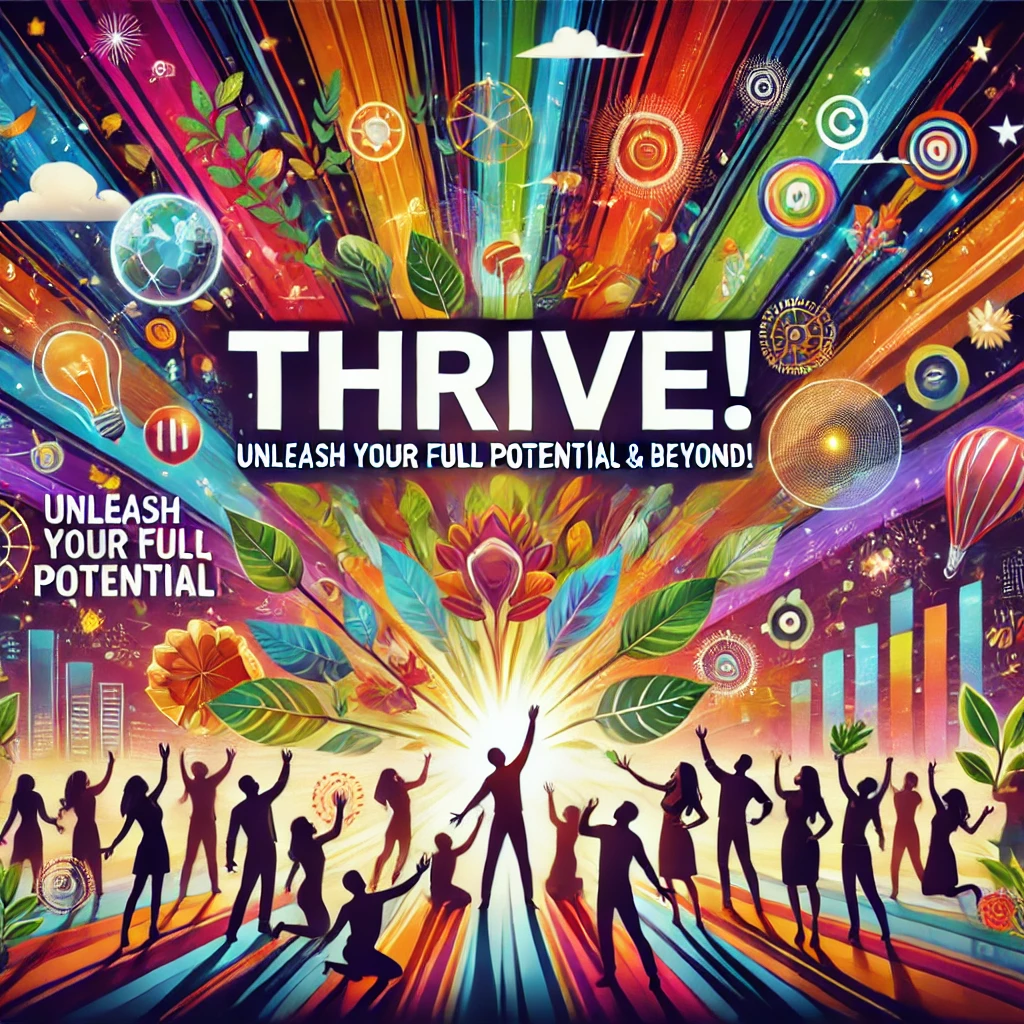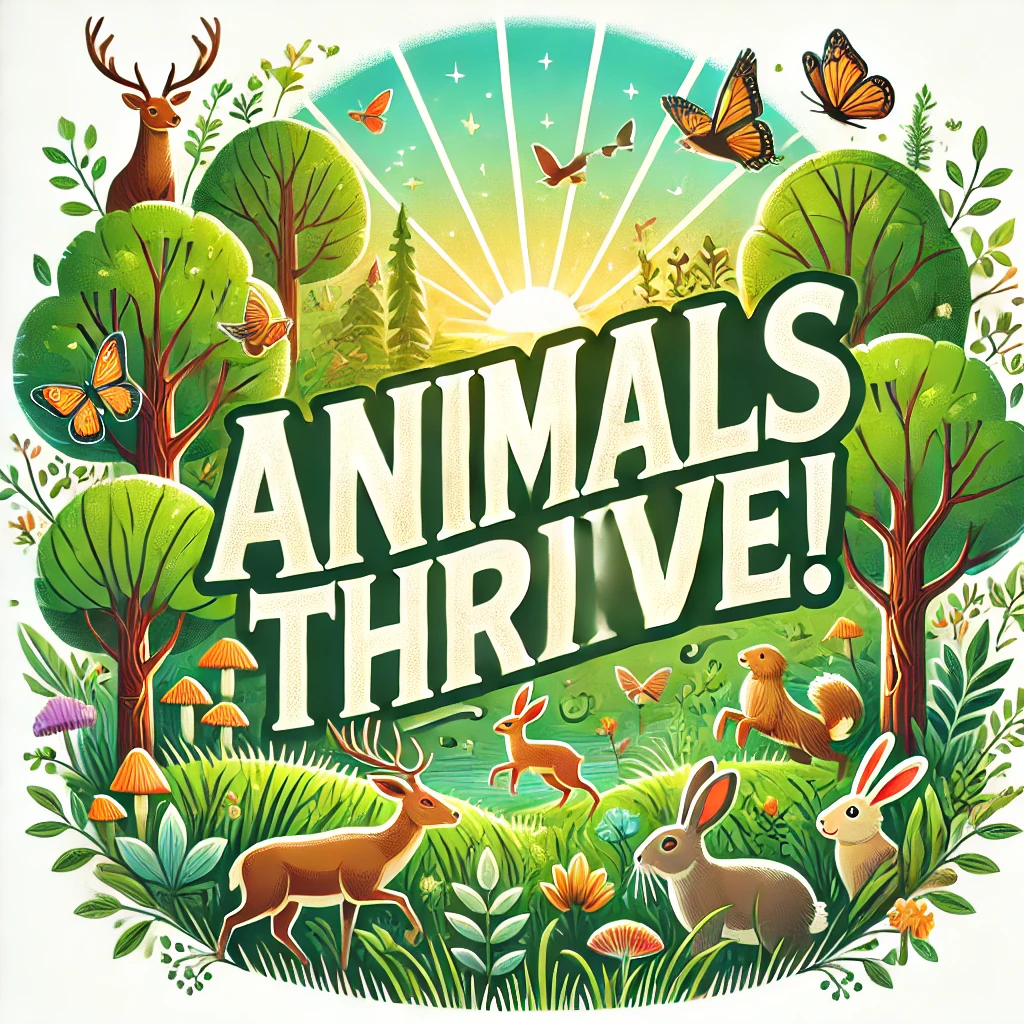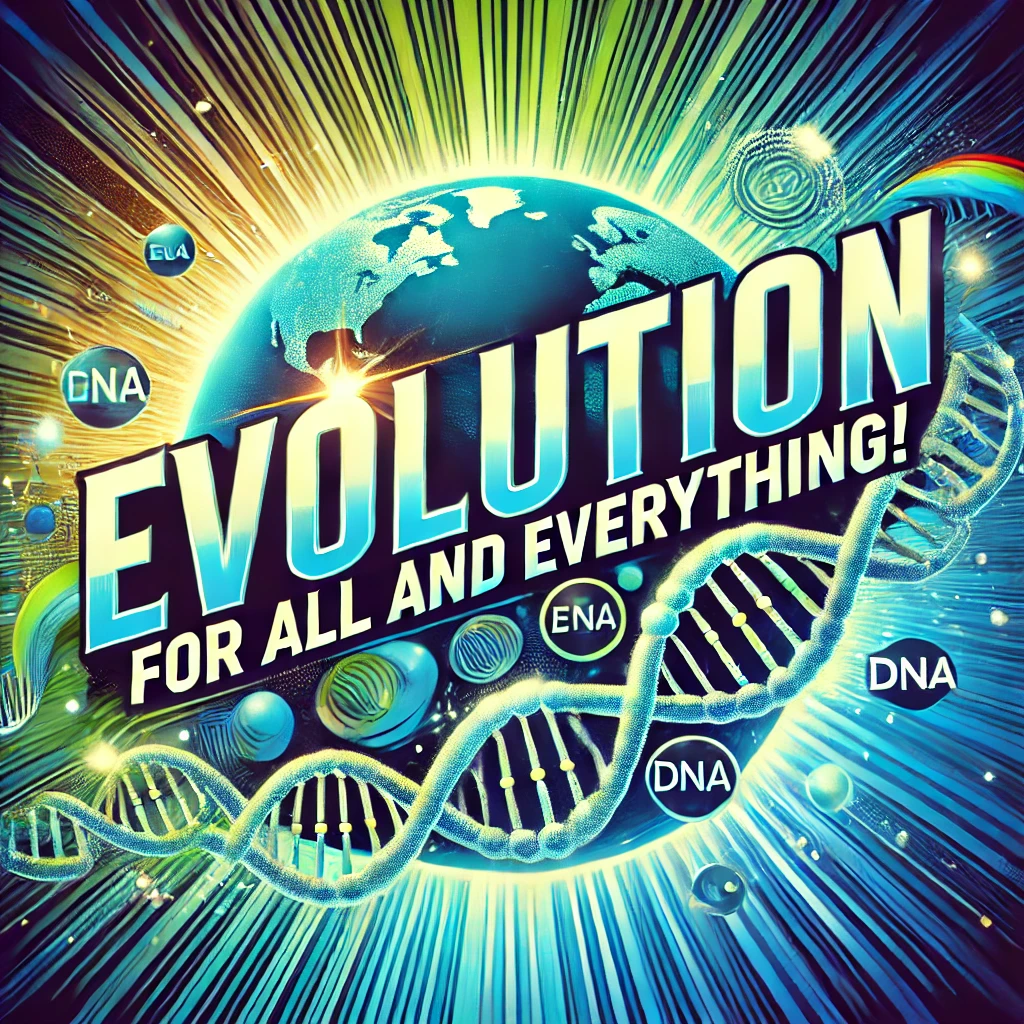The political system of the anti-psychiatry.com model of micro-utopias aligns more closely with direct democracy with regular feedback rather than representative democracy.
Why Direct Democracy with Regular Feedback:
- Direct Participation:
In a direct democracy, all members of the community have the opportunity to participate directly in the decision-making process. This fits with the model's emphasis on egalitarianism and non-hierarchical structures, where individuals actively contribute to decisions that affect their lives rather than electing representatives to do so. - Consensus-Based Decisions:
The model encourages collective decision-making, typically seen in direct democracies, where the community as a whole discusses and decides on matters of governance, mental health practices, resource management, and more. Regular feedback mechanisms ensure ongoing communication and adaptation based on community needs. - Flat Organizational Structure:
Since the model avoids hierarchies, it relies on direct input from the community rather than delegating authority to representatives, which is a hallmark of direct democracy. Feedback loops are necessary to keep the system responsive to the evolving needs of the people.
Difference from Representative Democracy:
In representative democracy, individuals would elect leaders or representatives to make decisions on their behalf. This contrasts with the model’s ethos, which emphasizes decentralized, community-driven decisions without relying on elected officials or a governing class.
Conclusion:
The anti-psychiatry.com model functions as a direct democracy with regular feedback, where all community members are directly involved in decisions, ensuring that their voices are heard and that the system remains responsive to their needs.
In the phrase “direct democracy with regular feedback” from the anti-psychiatry.com model, the term “regular feedback” refers to continuous, structured, and accessible opportunities for all community members to evaluate, influence, and adjust decisions and systems. This ensures that governance remains responsive, participatory, and non-bureaucratic, especially as community needs evolve.
🔁 What “Regular Feedback” Means Practically
Regular feedback mechanisms are tools and processes that allow ongoing input, correction, and responsiveness within the decision-making framework. These mechanisms supplement direct democracy by ensuring decisions are not static, top-down, or outdated.
✅ Examples of Feedback Mechanisms in the Model:
1. Open Community Assemblies
- Held weekly or biweekly.
- Anyone can raise concerns, propose revisions, or evaluate recent decisions.
- Used to “course-correct” community choices based on real-life outcomes.
2. Feedback Circles
- Small groups meet regularly to reflect on how governance, mental health support, resource sharing, or conflict resolution is functioning.
- Participants share what is working or not, and the circle's feedback is submitted to the wider community or action groups.
3. Consensus Updates
- In consensus-based decision-making, initial consensus decisions are periodically revisited to check if they still reflect the collective will.
- For example, a pilot rule or project might be reviewed after 1 month and again after 6 months.
4. Anonymous Suggestion Tools
- Physical or digital suggestion boxes (in communal spaces or on intranet forums).
- People can express disagreement, concern, or new ideas without fear of social pressure.
5. Rotating Facilitation and Roles
- Leadership roles (like meeting facilitators, coordinators, or care liaisons) rotate regularly, and each term ends with a group reflection session.
- The outgoing facilitator receives feedback from peers to improve future facilitation.
6. Community Surveys or “Pulse Checks”
- Periodic anonymous surveys assess how individuals feel about decision quality, safety, inclusion, or well-being.
- Aggregated data helps spot trends or hidden needs.
7. “Trial Periods” for New Policies
- Any major decision (e.g., adjusting shared work hours or changing mental health support practices) is introduced on a trial basis with planned review dates.
- Feedback is gathered during the trial and used to confirm, modify, or cancel the decision.
🔧 Why These Mechanisms Matter
Without regular feedback, even direct democracy can fall into informal hierarchies, rigid traditions, or groupthink. The anti-psychiatry.com framework guards against this by making re-evaluation and course-correction a built-in part of governance, not a rare exception.
It’s democracy that breathes, adapts, and listens—always.
Direct Democracy With Regular Feedback Solutions
The political system in Solon Papageorgiou’s framework is based on direct democracy with continuous feedback, but it goes even further by embedding relational, participatory, and care-centered mechanisms that transcend most conventional political models.
Here’s a breakdown of how it works:
🟢 Core Characteristics
| Element | Description |
|---|---|
| Direct Democracy | Decision-making happens face-to-face in local circles where all affected parties are invited to participate. There are no representatives or hierarchical officials. |
| Feedback Loops | Community members give continuous feedback on outcomes, well-being, needs, and experiences — not just through votes, but through dialogue, storytelling, and presence. |
| No Elections | There are no formal campaigns or elected officials. Instead, temporary stewardship roles are taken up by those trusted and rotated regularly. |
| Decentralized Circles | Decision-making is highly localized (household, neighborhood, micro-village), but open to broader dialogue with nearby communities when needed. |
| Voluntary Participation | There is no obligation to attend assemblies, but participation is encouraged as part of shared responsibility and care. |
🔄 Decision-Making Flow
A need or issue arises (e.g. managing a forest, handling a dispute, planning a festival).
A listening circle is convened — open to all directly affected.
People share feelings, stories, and proposals — with space for silence, disagreement, and synthesis.
A provisional agreement emerges (often by consent or sociocratic method, not majority rule).
The result is tested in real life.
Feedback is gathered — adjustments made.
If problems persist, a new round of discussion is held.
💬 Feedback Mechanisms
Daily relational contact: Because life is hyper-local and cooperative, people naturally give feedback as part of shared labor and life.
Storytelling circles: Regular spaces exist for expressing personal and communal joys, tensions, or unspoken needs.
Conflict circles: Facilitated spaces help mediate tensions and prevent escalation without courts or punishment.
Feedback journals or oral records: Some communities use symbolic or collective memory tools to document learnings.
✨ Notable Features
No political parties
No central authority or voting bureaucracy
Decisions evolve fluidly as conditions and community members change
Everyone is assumed competent to participate in shared life decisions
🌍 Summary
Solon Papageorgiou’s framework replaces representative governance and static law with living, direct democracy guided by trust, consensus, and ongoing mutual feedback.
It’s not a system where people “have a voice” once every few years — it’s a system where people live their voice every day, together.
The political system in Solon Papageorgiou’s framework is deeply relational, participatory, and care-centered — which means it isn’t politics as usual. It’s not about power structures, laws, or institutions, but about how people relate, listen, and respond to each other and their environment. It centers on trust, presence, and responsibility in real life — not just ideology or procedure.
Here’s a detailed breakdown of how these three qualities work:
🌱 1. Relational Mechanisms
Politics rooted in connection, not abstraction
Key Elements:
Face-to-face dialogue: All decision-making happens within visible, emotionally connected spaces. There is no abstraction behind bureaucratic doors.
Emotional literacy encouraged: People are trained to listen not just to words but to feelings, silences, and intentions.
Trust-building through lived experience: There are no politicians. Influence is earned through visible contribution to community life.
Long-term memory of care: Communities remember who has shown up in crises, who has been generous, who has held space for others — and this memory influences decision-making more than rules.
Example:
Rather than “debating” a controversial issue, a circle sits in silence and then each person shares their lived experience related to it. The collective shapes a path forward from empathy, not argument.
🧑🏽🤝🧑🏼 2. Participatory Mechanisms
Everyone contributes, but not identically
Key Elements:
Voluntary participation, not enforced compliance: No one is required to attend gatherings, but responsibility is culturally shared.
Fluid roles: Coordination roles rotate or are taken up organically — based on trust, skill, or presence — not election.
Micro-scale discussions: Every household or affinity group has a voice. Issues are resolved at the smallest level possible.
Nested networks: If an issue spans communities (e.g., watershed or migration concerns), it’s addressed by delegates sent by consensus from each locality — not permanent representatives.
Example:
When rebuilding a commons garden, those who farm it, live nearby, or eat from it are all invited into the decision — not just “landowners” or designated managers.
💞 3. Care-Centered Mechanisms
Political action is measured by how much care it embodies
Key Elements:
Care as central value: The political goal is not abstract justice, but the tangible well-being of people, ecosystems, and relationships.
Conflict resolution is care-based, not punitive: Mediators emerge from the community to hold space for hurt and repair.
Listening circles replace laws or courts — focused on understanding and relational healing.
Policy by compassion: When deciding resource allocation, the question is: “Who needs what — and how can we make sure they’re supported?” Not “What’s efficient?” or “What’s fair in numbers?”
Example:
If someone is struggling or harming others, the community’s response is not exile or punishment, but gathering a care circle to understand what the person is experiencing, what needs are unmet, and how the community can shift together to meet those needs safely.
🔄 Integration: All Three Together
Imagine a communal decision: whether to transform an old warehouse into a healing space or a food storage area.
Relational: Elders, youth, and caregivers speak about memories and emotional needs tied to the space.
Participatory: All interested groups send volunteers to the decision-making circle.
Care-centered: The final choice balances physical needs (food security) with emotional/spiritual ones (trauma healing), aiming to reduce harm and increase belonging.
No one votes. No one wins or loses. The outcome arises from living consensus.
🌍 Summary
| Principle | What Replaces It |
|---|---|
| Relationship | Legal abstraction |
| Participation | Representation |
| Care | Punishment or control |
Politics in Solon Papageorgiou’s framework is not something you do every few years — it’s something you live every day through how you care, show up, and speak.
Here is a full fictional combined narrative that illustrates how direct democracy with regular feedback, along with relational, participatory, and care-centered mechanisms, works in practice under Solon Papageorgiou’s framework.
🌱 Story Title: “The Forest or the Field: A Season of Listening in Eliora”
📍 Setting:
The micro-village of Eliora, home to 87 people, lies at the boundary of a rewilding forest and a community-grown food plot. As the population slowly increases due to nearby climate migration, the village must decide:
Should they cut into the regenerating forest to expand food production, or preserve the forest and find food solutions elsewhere?
🧩 Part I: The Controversy Emerges
The Context:
The Food Circle reports: projected food production for next season will fall short.
The Forest Circle notes: native bee populations and medicinal plants are returning to the edge.
Some residents fear hunger, while others grieve the idea of cutting down saplings they’ve seen grow over the last two years.
🧑🏽🤝🧑🏼 Part II: Participatory Assembly
Step 1: Invitation to All Affected
Anyone who walks the forest, eats from the garden, harvests herbs, or tends compost is invited to an Open Assembly — 40 show up.
There is no agenda beyond being together and listening to every perspective.
Step 2: Relational Sharing Circle
Each person speaks once — not to argue a side, but to share their experience or concern.
Sima (mother):
“My child’s been sick. I worry we won’t have enough food if we don’t act now.”
Leif (herbalist):
“The forest gives us more than calories — it's medicine, it's resilience.”
Rafi (newcomer):
“I feel torn. I want to help grow food, but also not repeat the destruction that forced me here.”
This relational framing allows disagreement without polarization.
🧭 Part III: Living Democracy in Action
Step 3: Consent-Based Proposals
A team of 5 volunteers — diverse in background and role — offers 3 alternative models after two weeks of exploring solutions, like:
Rooftop food gardens with terracing.
Agroforestry buffer zone using the forest edge itself.
Modest garden expansion paired with community-wide food conservation efforts.
The full assembly gathers again. No one “votes” — instead, each option is discussed, and the assembly uses consent (everyone can “live with it”) to arrive at a blended model.
They keep the forest intact, expand food gently into degraded edge zones, and launch a shared compost-and-storage program to reduce spoilage losses.
🔁 Part IV: Feedback Loop Over Time
Step 4: Embedded Feedback Rituals
Monthly harvest and storage reviews allow feedback from all villagers.
A seasonal “story fire” night invites residents to share how the decision has affected them emotionally, spiritually, and practically.
If the food plan fails, a reopening of the discussion is automatic — the process is adaptive, not fixed.
⚖️ Part V: Conflict Arises — A Relational Repair
Side Conflict:
Two residents, Ina and Jonas, argue. Jonas fells a tree in the buffer zone without full circle consensus. Ina, who was guarding that area as sacred, is devastated.
The Response:
Instead of shame or punishment, the village invites both into a Relational Repair Circle.
A facilitator (not an authority, just a respected elder) guides a meeting:
Jonas explains:
“I didn’t think one tree would matter. I was acting on the urgency.”
Ina cries, sharing:
“That tree marked my brother’s last gathering place before he died.”
The circle holds silence, not judgment.
The Outcome:
Jonas offers restitution: planting five trees and joining Ina in tending that area.
The buffer zone rules are clarified through another feedback-based mini-assembly.
A new “pause before action” ritual is added to all forest-related work.
🌍 Summary Table
| Mechanism | Realized Through |
|---|---|
| Direct Democracy | Open assemblies with face-to-face sharing; no fixed leaders or vote counts |
| Regular Feedback | Monthly check-ins, seasonal “story fires,” adaptive decisions |
| Relational Mechanisms | Personal storytelling, emotional safety, face-to-face empathy |
| Participatory Mechanisms | Open invitations, task-specific teams, local circles of impact |
| Care-Centered Mechanisms | Focus on healing, repair, emotional well-being, and ecological balance |
🌟 Closing Thought:
In Eliora, democracy is not a system. It’s a way of living, where every tree and every tear matters — and decisions are not taken, but grown.
In Solon Papageorgiou’s framework, there are no voting mechanisms and no elections as traditionally understood in representative democracies.
Here’s a detailed explanation of why:
❌ Why There Is No Voting or Elections
1. No Hierarchical Power to Delegate
Voting and elections typically serve to:
Appoint leaders to govern on behalf of others, and
Authorize decisions through majority rule.
In Solon’s framework:
There are no rulers, officials, or permanent power-holders.
Decision-making is horizontal, relational, and participatory.
Leadership is rotating, situational, or functional — not formalized or symbolic.
Elections, therefore, are seen as an unnecessary abstraction of power that can:
Detach decision-makers from communities,
Create status hierarchies, and
Reintroduce competitive or adversarial dynamics.
2. Voting Reinforces Win/Lose Mentality
Voting (especially majority rule) often:
Marginalizes minorities,
Reduces complex issues to binaries (yes/no),
Ends conversations prematurely.
Solon’s framework emphasizes dialogue over decisions — encouraging:
Consent rather than coercion,
Co-creation rather than competition,
Living decisions that evolve over time, not fixed mandates.
3. Trust in Relationships, Not Representation
The framework is built on direct presence, dialogue, and responsibility:
If you care about an issue, you show up, listen, contribute, propose.
There’s no need to choose someone else to speak for you — because you’re expected to participate directly.
Even when people delegate tasks, it’s based on trust and reversibility, not formal authority.
4. Fluidity Instead of Formalism
Elections imply:
Cycles (e.g. 4-year terms),
Campaigning and selection,
Winners and losers.
Solon’s design favors:
Living rhythms of feedback (weekly, seasonal, as-needed),
Relational invitations (who feels called to hold this now?),
Task-specific roles (facilitation, stewardship, mediation) that dissolve when no longer needed.
🌀 What Happens Instead?
| Instead of... | Solon’s Framework Uses... |
|---|---|
| Voting | Consensus or consent-based assemblies with face-to-face dialogue |
| Elections | Relational trust and task-based roles chosen through open dialogue |
| Representatives | Direct participation and fluid, temporary stewardship roles |
| Campaigns | Open storytelling and co-reflection circles |
| Terms of Office | No fixed terms — roles are renewed or dissolved by ongoing need and feedback |
🧩 A Realistic Analogy:
If your family needs to decide where to go on a trip, you don’t hold a formal election to appoint a travel minister.
You talk it through, weigh options, and let whoever has experience help lead — while staying in conversation.
Solon’s framework scales this intimacy and responsiveness across an entire community — even globally, but always through presence, care, and conversation, not ballots or authority.
In Solon Papageorgiou’s framework, there are no written laws in the conventional legalistic sense. Instead of fixed, codified statutes enforced by centralized authority, the framework relies on living agreements, relational norms, and continuous participatory dialogue.
Here’s how and why:
🧾 Why There Are No Written Laws
1. Law as a Tool of Hierarchy and Alienation
Written laws tend to abstract responsibility: “The law says…” replaces “We decided…”.
They centralize power in courts, bureaucracies, and police — all of which the framework dismantles.
They often serve those who can manipulate or interpret them (elites, lawyers), disempowering the everyday person.
In Solon’s design, justice must be immediate, relational, and comprehensible to all — not outsourced to institutions or enforced through threat.
2. Context Is Always Changing
Laws are static, but life is fluid. What’s appropriate in one season, culture, or group may not apply elsewhere.
This framework values adaptability through ongoing collective reflection, not eternal rules.
Thus, there are guiding principles, but no rigid codes. Norms are co-created and updated through circles, storytelling, and direct experience.
3. Justice Is Restorative, Not Punitive
Traditional law focuses on guilt, punishment, and control.
This model centers on healing harm, restoring relationships, and ensuring the wellbeing of everyone involved — including those who cause harm.
No need for formal “laws” when people are embedded in mutual care structures that emphasize accountability and repair.
4. Orality, Embodiment, and Memory Take Precedence
Norms and processes are transmitted through practice, storytelling, ritual, and collective memory — not through text-based systems.
Knowledge lives in the body and relationships, not in books or courts.
Examples:
Conflict resolution practices are taught by example.
Young people learn justice by watching elders mediate in real time.
Agreements are marked by ceremony, not signature.
🌀 What Exists Instead of Written Laws?
| Conventional Law System | Solon Papageorgiou’s Framework |
|---|---|
| Written codes and constitutions | Living agreements and evolving communal norms |
| Courtrooms and legal professionals | Relational circles and participatory facilitators |
| Police and prisons | Mediators, caretakers, accountability stewards |
| Punishment and retribution | Dialogue, repair, reintegration |
| Law = legitimacy | Relationship = legitimacy |
📘 But What About Serious Harm?
The system handles even serious offenses (violence, abuse, theft) through:
Immediate community intervention,
Restorative/transformative justice practices,
Temporary separation, facilitated reflection, and reintegration — not exile, incarceration, or fines.
Where needed, cross-community mediators or elders from neighboring villages may be invited to help hold the process fairly.
📚 Would Anything Be Written At All?
Yes — but not as immutable law. Instead:
Guidelines or charters might exist as non-binding memory tools, updated regularly.
Stories and case examples serve as community references — more like parables than regulations.
Think: a living oral constitution held collectively, rather than a fixed legal code.
In Solon Papageorgiou's framework, when governance is described as “sacred consensus” and “intuitive governance,” it means that decision-making is not just horizontal and democratic—it’s also rooted in deep respect, inner wisdom, and a spiritual-ethical approach, rather than bureaucracy, rules, or force.
Here’s what it actually means in simpler terms:
🔹 Sacred Consensus
Consensus means everyone’s voice matters—no one is forced to agree, and no decision goes forward unless there’s collective harmony.
Sacred means people treat the process with reverence, listening deeply, and aiming for unity, not ego or winning.
The process values silence, reflection, and mutual care over speed or efficiency.
It’s guided by shared ethics—like peace, kindness, dignity—not by lawbooks or politics.
🟢 Example: Instead of voting “yes or no” on something, a group might sit in silence, listen to everyone, and only move forward when there’s a feeling of collective rightness.
🔹 Intuitive Governance
Uses inner wisdom, empathy, and common sense—not just formal rules or procedures.
Decisions arise from what “feels right” to the group, guided by values like harmony, non-violence, and shared responsibility.
Leaders (if any) are caretakers, not bosses. They guide, support, or facilitate—not command.
🟢 Example: If a conflict arises, the group might gather, share openly, reflect deeply, and come to a resolution without blame—through understanding, not punishment.
✅ In short:
Governance becomes a soulful, respectful, and ethical process—not a cold system of rules. It aims for peace over power, unity over control, and inner truth over ideology.
Here’s a step-by-step example of how a real decision might be made in a micro-utopia following Solon Papageorgiou’s “sacred consensus” and “intuitive governance” principles:
🌿 Scenario:
The community wants to decide whether to build a new shared outdoor kitchen using reclaimed wood and solar ovens.
🌀 Step-by-Step Sacred Consensus Process
1. Call a Gathering
A community member invites others to a calm, respectful circle.
It takes place in a peaceful setting—possibly outdoors or in a sacred community space.
Phones are off. There is no rush.
2. Open in Silence or Ritual
A moment of silence, a short poem, or a bell ring marks the start.
This sets a sacred, centered tone for deep listening and respect.
3. Present the Proposal
One or two people clearly describe the idea:
“We’d like to build a simple outdoor kitchen using natural, local materials. It would serve as a shared cooking and gathering space.”
4. Circle Sharing
Everyone speaks in turn, or passes if they wish.
No interrupting.
People speak from the heart, not debate style.
Feelings, intuitions, and values matter as much as logic.
5. Listen for Resonance or Tension
Does the group feel aligned?
Are there concerns? If so, are they ethical, practical, or emotional?
Disagreements aren’t suppressed—they are gently explored, often with curiosity and care.
6. Sacred Pause
If needed, the group pauses for reflection, silence, or overnight rest.
This avoids rushed decisions and lets deeper wisdom surface.
7. Resolution or Adjustment
A new version of the plan may emerge that fits everyone’s sense of rightness.
Example:
“Let’s try it as a small experiment this summer, then review it together before expanding.”
8. Closing Ritual
The circle may end with shared gratitude, song, silence, or food.
Decision-making becomes bonding, not dividing.
✅ Key Features in Practice:
| Traditional Democracy | Solon’s Sacred Consensus |
|---|---|
| Majority wins | Unity is sought |
| Fast, often noisy | Slow, reflective |
| Rules & voting | Deep listening & trust |
| Focused on outcomes | Focused on process & values |
| Power can dominate | Power is shared & soft |
🌱 Final Thought:
This kind of governance doesn’t just make decisions—it builds trust, deepens culture, and keeps sacredness at the heart of community life.
In Solon Papageorgiou’s framework, leadership roles such as meeting facilitators, coordinators, or care liaisons are:
✅ Rotated Frequently and Non-Hierarchically
Here’s what that means in practice:
🔁 Rotation Frequency
Weekly to monthly, depending on the role and the size of the micro-utopia.
Meeting facilitators: often rotate every meeting or weekly.
Task coordinators: may serve 1–4 weeks at a time, then rotate.
Care or conflict liaisons: usually rotate on a monthly basis to prevent emotional fatigue and power accumulation.
📜 Why Frequent Rotation?
Prevent Power Consolidation
No one becomes a permanent authority. Everyone stays equal in decision-making.Skill Sharing & Participation
Everyone gets a chance to practice facilitation, care roles, and coordination.Reduce Burnout
Emotional and administrative burdens are shared by the whole community.Sacred Consensus Model
Leadership is a temporary responsibility, not an identity or status. It’s seen as a service, not a position of control.
🌱 In Short:
Leadership in Solon Papageorgiou’s framework is:
“Light, rotating, accountable, and service-based—not power-based.”
This preserves the horizontal, grassroots, spiritual-ethical nature of the community.




